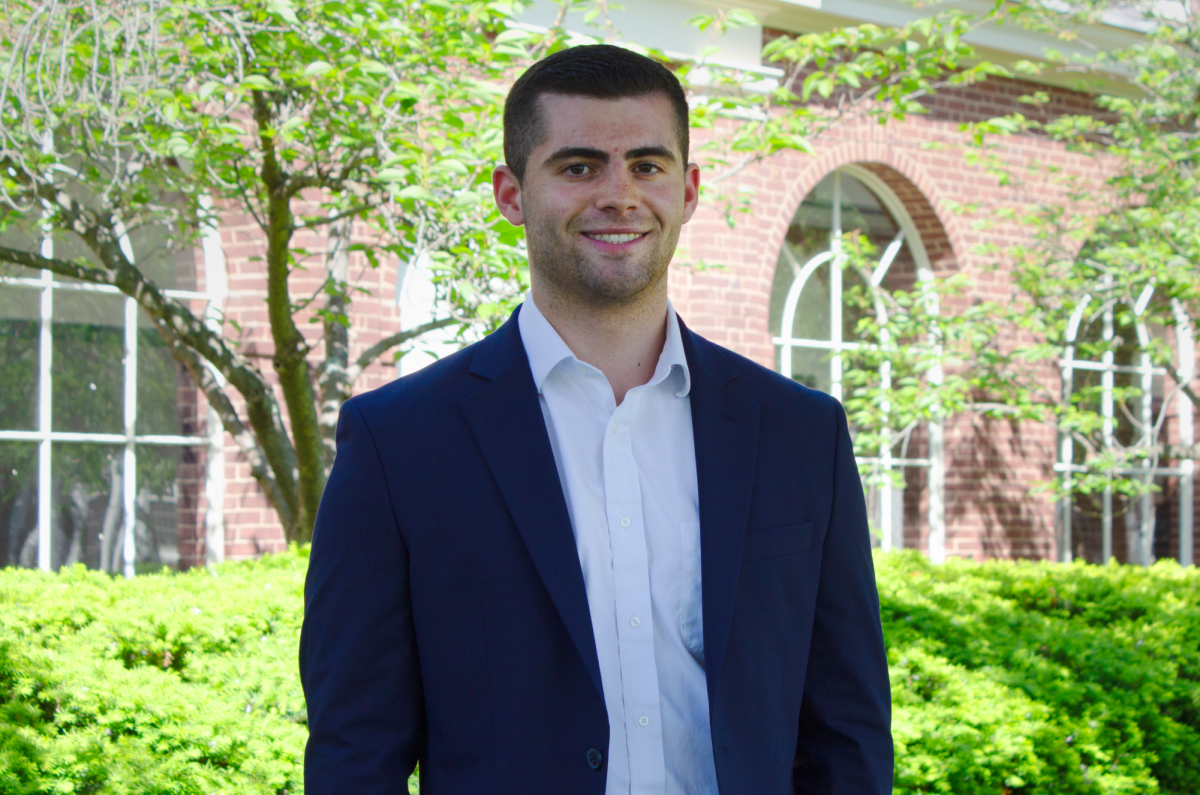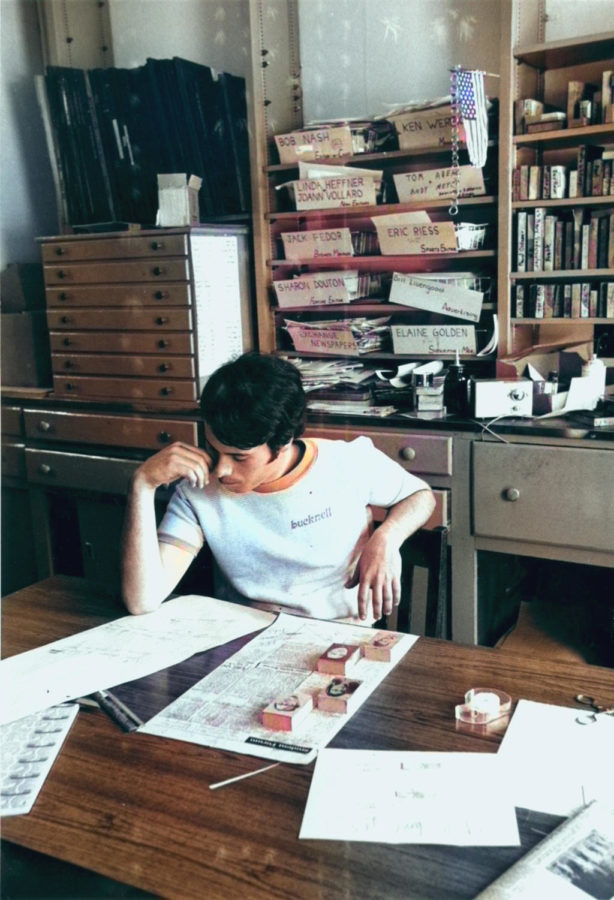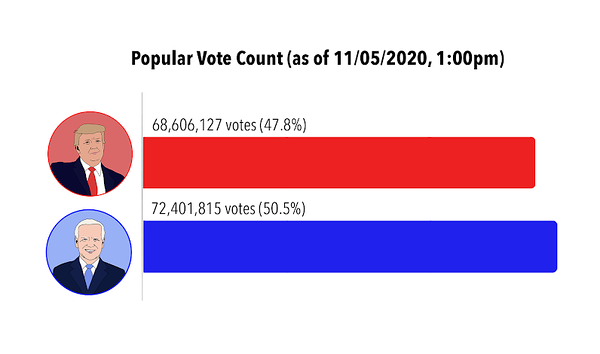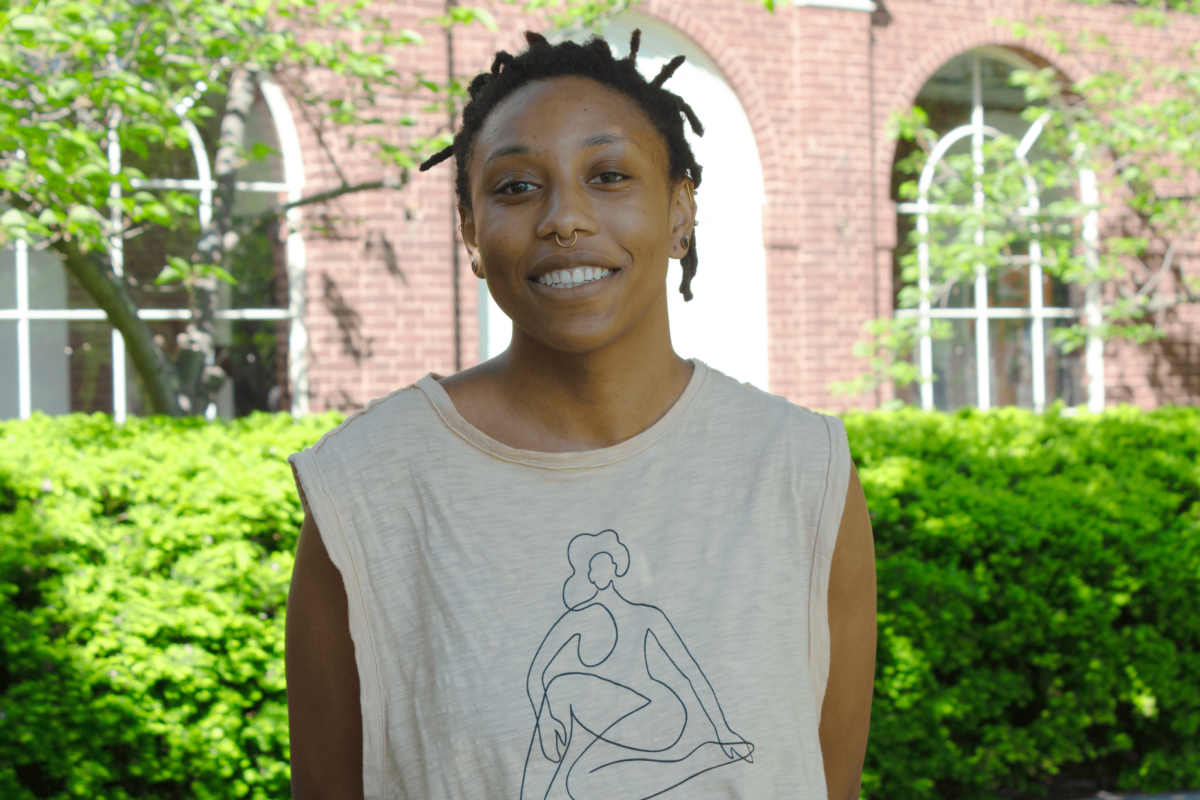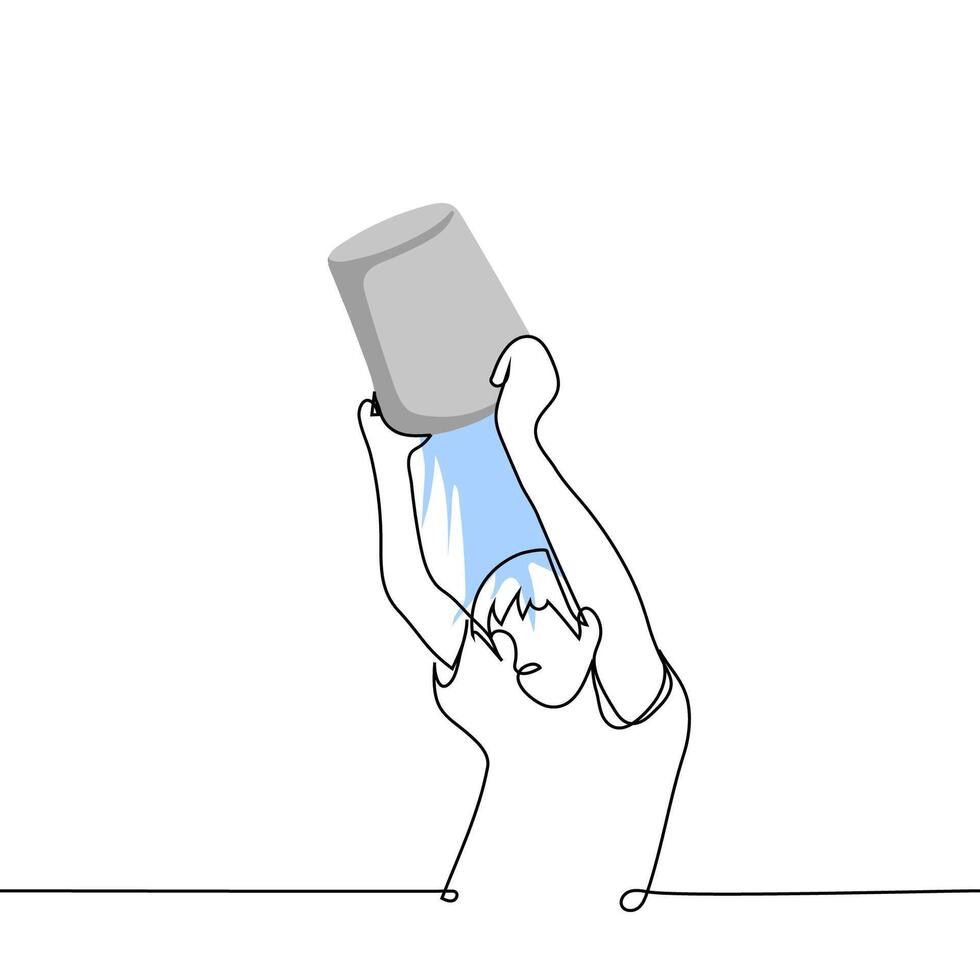At this point, it’s almost impossible to scroll through Instagram stories without seeing at least one video of someone having a bucket of water thrown over them, tagging a friend and crediting the University of South Carolina’s #SPEAKYourMind challenge. The pattern is familiar— one person participates, nominates a few others and the chain continues. Modeled on the 2014 ALS Ice Bucket Challenge, this initiative has been reframed around mental health awareness, with funds supporting “Active Minds,” a D.C.-based nonprofit working to empower youth and challenge stigma around mental illness.
At first glance, the structure seems effective. The campaign combines visibility, participation and peer-to-peer accountability. Its original inspiration, the ALS challenge, raised over 115 million dollars, and this adaptation has also surpassed its modest initial goal of $500 by raising over $242,000. But perhaps what warrants reflection is not the money raised, but the mechanisms of engagement and meaning-making in public campaigns like these, particularly among youth and on college campuses.
The challenge was started by Wade Jefferson, founder of “Mind” at the University of South Carolina, with the idea of creating dialogue and encouraging people to break the silence around mental health. The goal wasn’t just to go viral, but to open up space where people might speak openly about mental health, reduce stigma and perhaps donate to Active Minds, a nonprofit organization committed to empowering youth and reshaping how mental health is discussed.
This intent, while commendable, becomes more complicated when one observes how the challenge unfolds in practice, particularly across college campuses. Take Bucknell, for example. Many students have enthusiastically joined in. Among them are Colin Caricato ’28 and Farhaj Shahid ’26, who, like dozens of others, posted their videos, tagged their friends and kept the challenge going. On a larger platform, even influencers like Mr. Beast have joined the trend.
Seeing all these iterations, it raises the question: is simply pouring cold water on our friends doing enough to raise awareness? Beyond participating in the trend, it’s important to mention the cause, make donations, engage with Active Minds and participate in campus discussions around mental health.
This tension between intention and outcome became the subject of discussion in my behavioral economics class. The conversation moved from the mechanics of fundraising to a broader critique: what happens when a cause becomes a trend? From a behavioral perspective, the #SPEAKYourMind challenge raises interesting questions about motivation. Do people participate because they care deeply, or because it signals a form of socially desirable behavior? In environments where belonging is currency and social engagement is measured in likes and reposts, performative action can easily outpace reflective engagement.
This is not to suggest that participants are disingenuous. Rather, it may point to the way our platforms are structured. Social media rewards visibility and participation, often without requiring context. The bucket of water becomes a symbolic stand-in for advocacy, even if the underlying issue remains untouched. The very design of the challenge—brief, viral, visually arresting—may lend itself more to spectacle than to conversation.
That’s not a flaw in the people involved. It’s a structural reality of modern campaigns, especially those born in digital spaces. Mental health, unlike physical acts like pouring water, resists easy visualization. It’s nuanced, often private and frequently misunderstood. So while the idea behind the campaign was to create a visible gesture of solidarity, it runs the risk of becoming detached from the quiet, ongoing labor that real awareness requires.
Yet it’s worth noting that the campaign has raised over $242,000— far exceeding its original goal of $500. This alone speaks to its reach and potential. But numbers, while important, don’t fully capture impact. If a campaign’s presence is wide but shallow, then perhaps its long-term effect on how people view and discuss mental health remains uncertain.
What emerges, then, is not a dismissal of the #SPEAKYourMind challenge, but an invitation to think more deeply about how we engage with advocacy. What are the signs of meaningful participation? How do we ensure that the visibility of a campaign translates into sustained dialogue? And when we choose to speak our minds, what do we actually say?
Maybe that’s the real challenge— not the water, not the tag, not the trend. But the follow-up. The checking in. The learning. The moments of discomfort that don’t go viral but stay with us. Those are the ones that matter.
Because awareness isn’t just about getting wet. It’s about what we do once we’re out of the water.








